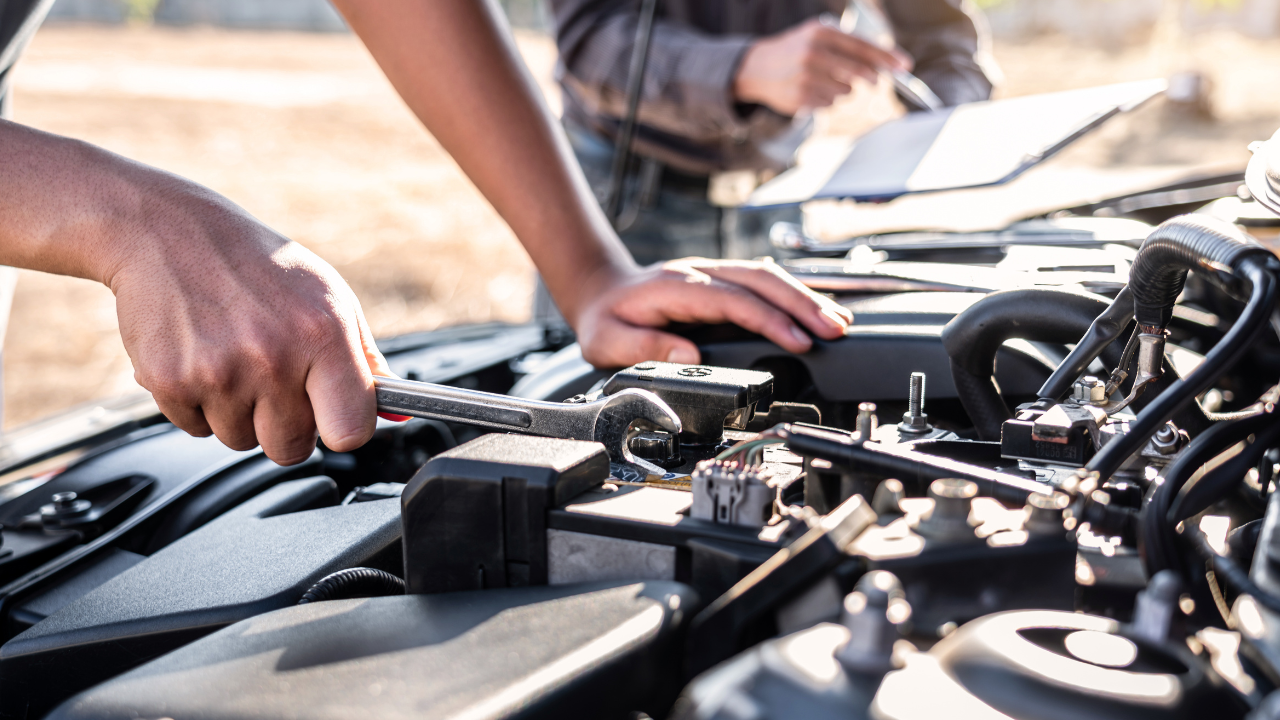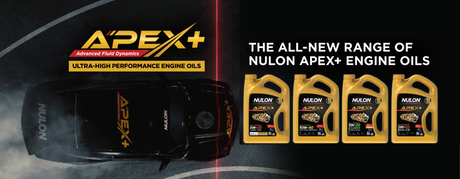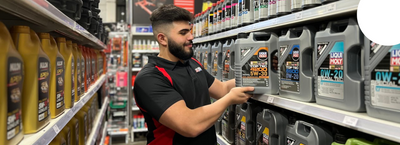Car troubles are something every driver faces at some point. Whether you’ve just started driving or have been behind the wheel for years, it’s essential to understand the most common car problems and how to address them. Tackling car issues early can save you time, money, and potentially prevent more severe damage. Here are the top five most common car problems and a detailed guide on how to fix them.
1. Dead Battery
Symptoms:
- Car won’t start, or engine cranks slowly
- Clicking sound when turning the key
- Dim headlights or electrical issues, such as malfunctioning dashboard lights
Cause: A dead battery is one of the most frequent reasons your car may fail to start. Batteries naturally lose their charge over time, especially in extreme temperatures. Other issues, like faulty alternators or parasitic drains, can also contribute to a dead battery.
How to Fix:
- Jump Start the Car: The quickest solution to a dead battery is to jump-start the car using jumper cables and a second vehicle with a working battery. Ensure the cars don’t touch, and follow the correct sequence to safely connect the cables.
- Check for Electrical Drains: If your battery is frequently dying, it could be caused by an electrical drain from something like an interior light or faulty electronics. Have a professional check for any parasitic drains that might be affecting your battery.
- Battery Replacement: If the battery is over 3 years old or showing signs of corrosion, it might be time to replace it. Auto parts stores or mechanics can test the battery’s health to determine if it needs to be replaced.
Prevention Tips:
- Keep your battery terminals clean and free from corrosion.
- Ensure all electrical components, like headlights and interior lights, are turned off when the engine is off.
- Get your battery checked annually to avoid unexpected failures.
2. Flat Tire
Symptoms:
- Sudden loss of air pressure
- Vibration, wobbling, or a feeling of instability while driving
- Visible damage to the tire, such as a puncture, nail, or bulge
Cause: A flat tire typically occurs due to a puncture or natural wear and tear. Debris on the road, sharp objects, or even a slow air leak can cause a flat tire. Tires also degrade over time, especially if they’re not properly inflated or rotated.
How to Fix:
- Change the Tire: If you’re in a safe location and have a spare tire, you can replace the flat tire. Jack up the car, remove the lug nuts, replace the flat with the spare, and secure it tightly. Don’t forget to tighten the lug nuts in a crisscross pattern to ensure an even fit.
- Use a Tire Repair Kit: If the puncture is small (such as from a nail or screw), some tire repair kits can seal the hole temporarily. However, this is only a short-term fix, and the tire should be replaced or professionally patched.
- Get a Professional Repair or Replacement: If you don’t have a spare or if the tire is beyond repair, visit a mechanic or tire service for assistance. A technician can fix the tire or help you choose the right replacement.
Prevention Tips:
- Regularly check tire pressure and make sure all tires are properly inflated.
- Inspect your tires for visible damage and replace them if necessary.
- Have your tires rotated regularly to ensure even wear.
3. Overheating Engine
Symptoms:
- Rising temperature gauge
- Steam or smoke coming from the engine
- Coolant leaking under the car
Cause: Overheating can be caused by low coolant levels, a malfunctioning radiator, or a failing thermostat. Other factors include leaks in the cooling system, a broken water pump, or clogged coolant hoses. Ignoring this issue can lead to severe engine damage.
How to Fix:
- Check Coolant Levels: If your engine is overheating, check the coolant levels. If the coolant is low, top it up with the appropriate coolant for your vehicle. If the coolant runs low quickly, it may indicate a leak.
- Inspect for Leaks: If you notice coolant under your car, inspect the radiator, hoses, and coolant reservoir for leaks. Tighten any loose connections or replace damaged hoses.
- Check the Thermostat or Water Pump: If the overheating continues despite topping up the coolant, the thermostat or water pump may need to be replaced. A mechanic can perform a diagnostic to determine the exact cause of the overheating.
- Flush the Radiator: If the coolant system is clogged or dirty, a radiator flush can help remove debris and improve the cooling efficiency.
Prevention Tips:
- Regularly check and replace coolant and other fluids as necessary.
- Inspect the radiator and hoses for damage or leaks.
- Have your cooling system flushed and maintained regularly.
4. Brake Problems
Symptoms:
- Squeaking or grinding noises when applying the brakes
- The car pulling to one side when braking
- Soft, spongy, or unresponsive brake pedal
- Vibration or shaking when braking
Cause: Brake issues can arise from a variety of factors, including worn-out brake pads, damaged rotors, low brake fluid, or air in the brake lines. Ignoring brake problems can lead to unsafe driving conditions.
How to Fix:
- Check Brake Pads and Rotors: If you hear squeaking, it usually means the brake pads are worn down and need replacing. If you hear grinding, the rotors may be damaged. Inspect the pads and rotors and replace them if necessary.
- Check Brake Fluid Levels: If your brake pedal feels soft or spongy, check the brake fluid. Low fluid levels may indicate a leak, while air in the brake lines could affect braking performance. Top up the fluid and bleed the brakes to remove air from the system if needed.
- Replace Brake Components: If the pads or rotors are damaged, they should be replaced immediately. It’s recommended to replace both brake pads on the axle to ensure balanced braking.
Prevention Tips:
- Regularly inspect the brake pads and rotors for wear.
- Top up brake fluid when necessary and check for leaks.
- Avoid sudden, harsh braking to prolong the lifespan of your brakes.
5. Engine Misfire
Symptoms:
- Rough idle or poor acceleration
- Engine light illuminated on the dashboard
- Decreased fuel efficiency or strange odors from the exhaust
Cause: An engine misfire happens when one or more cylinders in the engine fail to fire properly. This can be caused by faulty spark plugs, ignition coils, fuel injectors, or even a clogged air filter.
How to Fix:
- Replace Spark Plugs: If the spark plugs are worn or fouled, replace them with new ones. Faulty spark plugs are often the most common cause of misfires, and this repair can significantly improve engine performance.
- Inspect Ignition Coils: If replacing the spark plugs doesn’t solve the problem, check the ignition coils. If these are faulty, replace them as they play a crucial role in firing the spark plugs properly.
- Fuel System Cleaning: If you suspect the problem lies within the fuel system (e.g., clogged injectors or a dirty fuel filter), have the system cleaned and the components replaced or serviced by a mechanic.
Prevention Tips:
- Regularly replace spark plugs according to the manufacturer’s recommendations.
- Keep your fuel system clean by using fuel additives occasionally.
- Ensure air filters and other engine components are properly maintained.
Final Thoughts:
While the above car problems are common, regular maintenance and early diagnosis can help prevent major breakdowns and expensive repairs. If you’re unable to address the issue yourself, or if the problem persists after attempting basic fixes, it’s always best to consult a professional mechanic. Taking care of your car now can save you from more significant and costly issues down the road.
Need Replacement Parts or Tools? Visit our online store for top-quality auto parts, diagnostic tools, and maintenance products to keep your vehicle in tip-top shape. From batteries to brake pads, we offer everything you need to troubleshoot, repair, and maintain your car. Shop today and ensure your car is ready to handle whatever comes your way!









